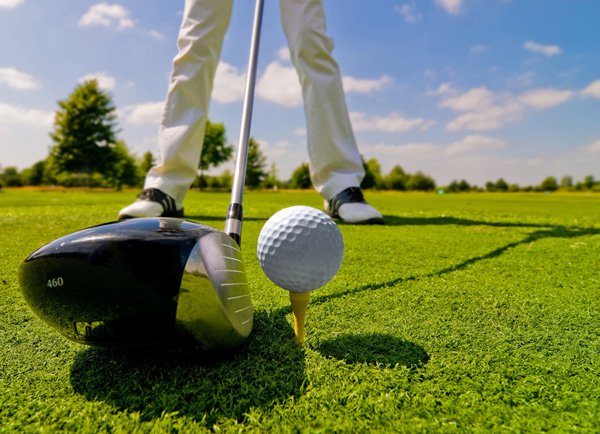improve tackling technique
Question
i have been told i have a good tackling technique but i struggle a bit with bigger players i usually play anywhere in the back row.
Im about 5"8 and am 9 stone.
I need some help with improving my technique.
Any help with is will be much appreciated.
Answer
Sean,
The skills relating to tackling are not dependent on either size or position. The following is applicable to all players.
Review of the basics.
1. When tackling remember to keep your eyes open, head outside, or behind, and wrap the legs tightly.
2. All tackles must include the wrap, arms tightly wrapped around the opponent("bands of steel"). If necessary, grasp your own wrists. Once on the ground, you must release the tackled player and get away as quickly as possible. By the same token, a player is not tackled if he is not wrapped when he touches the ground, so he can usually get right back up and continue playing without releasing the ball.
3. Do not leave your feet when initially making the tackle. American football players tend to leap into tackles. This is not good for a rugby tackle.
Tackling techniques
1. When coming into a tackle, center the tip of your shoulder on your opponent's midsection and have the arms raised, with the elbows out and up. This will ensure that the head will be on the outside of the tackle and that the shoulder is protected.
2. Generally when you tackle try to hit the softer parts of the opponent's body such as the torso above the hips or mid-thigh (watch for the knees). Smaller players should always focus on taking the opponent's legs out from him. It is true- the bigger they are the harder they fall.
3. When you come in for the tackle, imagine that you are trying tackle beyond the runner and that you need to go through him. Often when contact is made, the tackler stops his forward momentum. Your tackle does not stop at contact. You must continue the effort through the opposition to a point about a meter behind him.
4. Obviously, a "head on" tackle at the torso is not always going to be successful if the opponent is larger than you are. In this situation the best things to consider-
a. Come from the side
b. Hit him at the thighs, and close the arms, thus binding the legs. Hint- when you wrap your arms around the thighs, grab you own wrists and push your arms out. When you push your arms out, your elbows come together making a tighter bind.
c. Allow his forward momentum and bound legs to cause him to fall.
5. Remember that rugby is a possession sport, not a yardage sport like American football. While everybody likes to see, and honestly, make, the hard stand up tackle, it is not necessary unless you are within a few meters of your try line. The important thing is to get the runner to ground so that the ball must be released. That is your best chance to regain possession. Why this is important for the smaller player is that 搃f you cannot make the tackle, be a speed bump? Often at lower levels, good solid contact can be just as disruptive as a solid tackle, and a good wrap that slows down the runner so that support can complete the tackle or strip the ball can be just as good as a tackle.
Some additional points on tackling:
1. When being tackled, do not put hand out to break the fall. Roll along the arm, shoulder, and side where the upper body will make contact first. Do not make contact with the shoulder point (region of the Deltoid muscles) but with the shoulder blade (scapula). For the lower body, roll along the outside of the leg, to the hip, and to the torso.
2. When coming into rucks, mauls, and tackles (the primary contact situations in rugby) maintain good body position. Come in low, close enough to touch the ground, and come up. Tense the shoulders and neck, and keep the head up. Bind immediately with either the, or both, the opposition and your teammates. When pushing, keep the buttocks lower then the shoulder, and keep the spine in a straight line from head to rear (spine in line). Come into the ruck/maul/tackle under control.
3. Try not to tackle by purely grabbing the opposition. Your fingers are just not strong enough. You must get in close and make the wrap.
4. Big men must remember to get low by bending at the knees and lowering the butt. They need to keep their heads up. Do not get low by bending at the waist. That is dangerous and ineffective.
5. Players should try to keep their eyes open as long as possible
6. Tackling is combination of heart and technique. If you have great technique, but are timid about closing in on your opponent you will not succeed. If you have the heart of a lion, but cannot get those arms around the opposing runner, again you will not succeed.
I hope this gives you what you a looking for.
Thank you,
Deane Shephard
Stuttgart
Hitting up the ball
HELP


